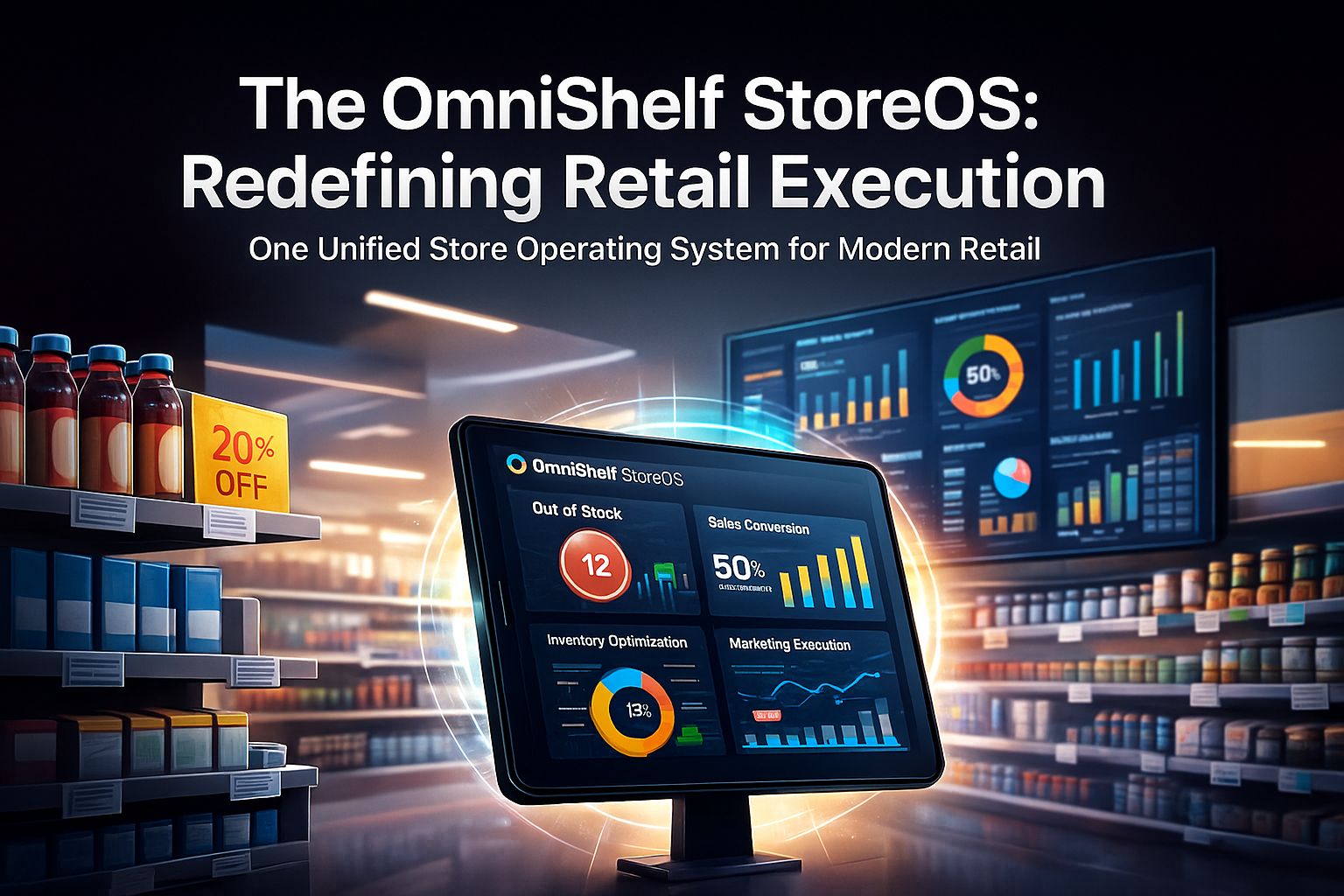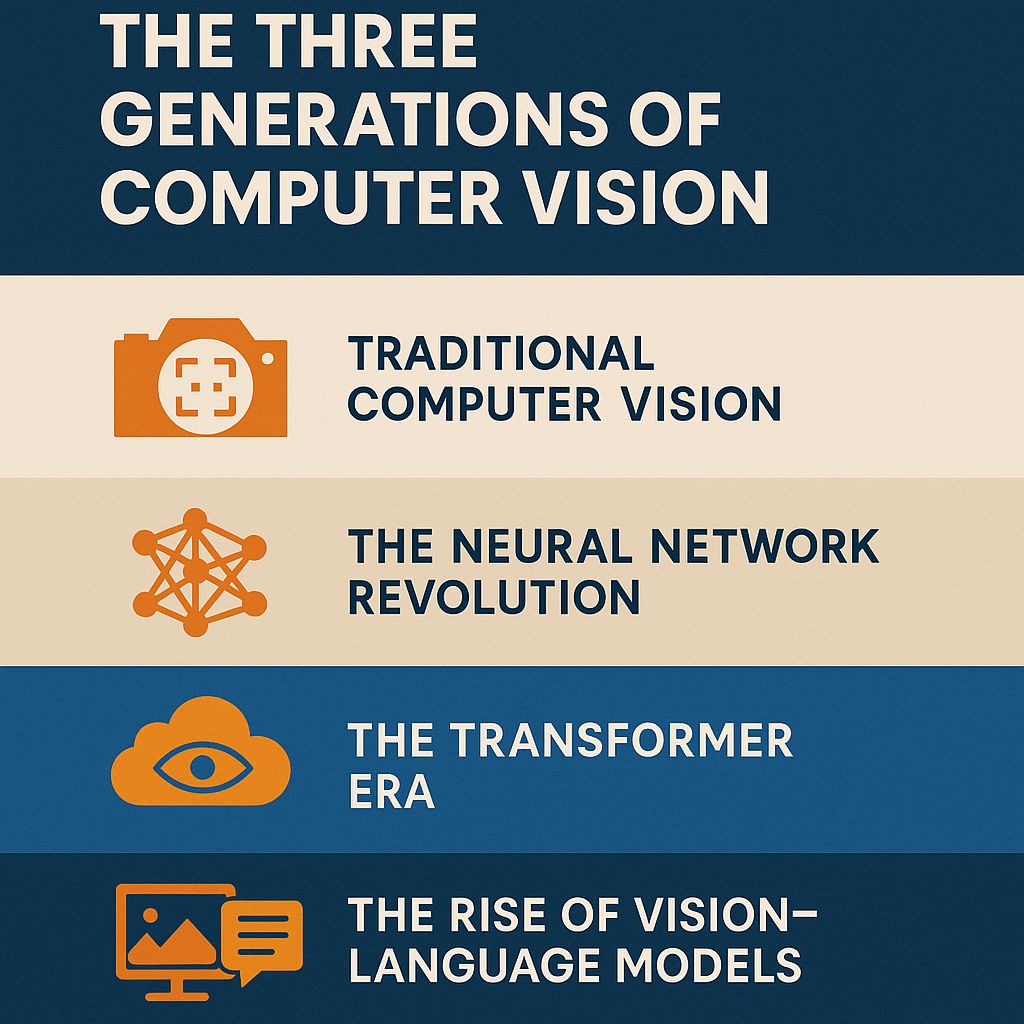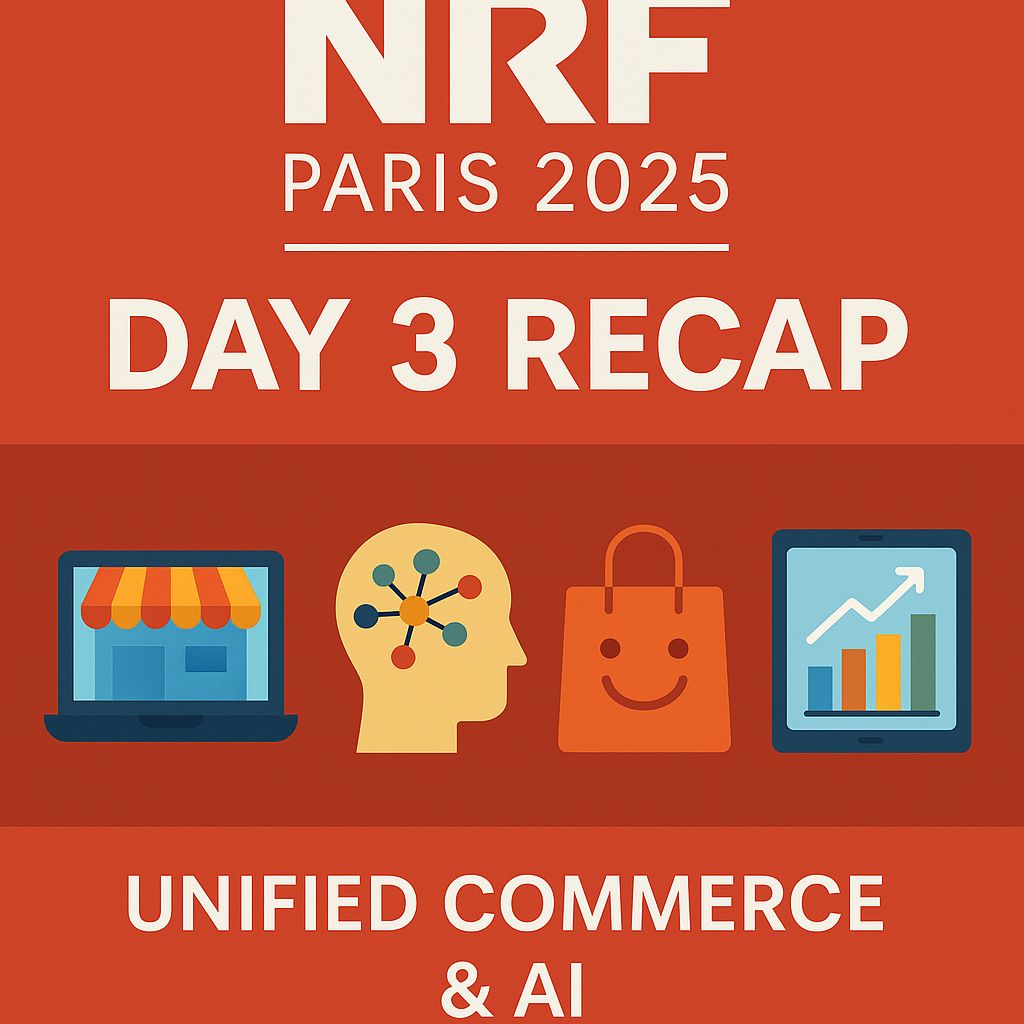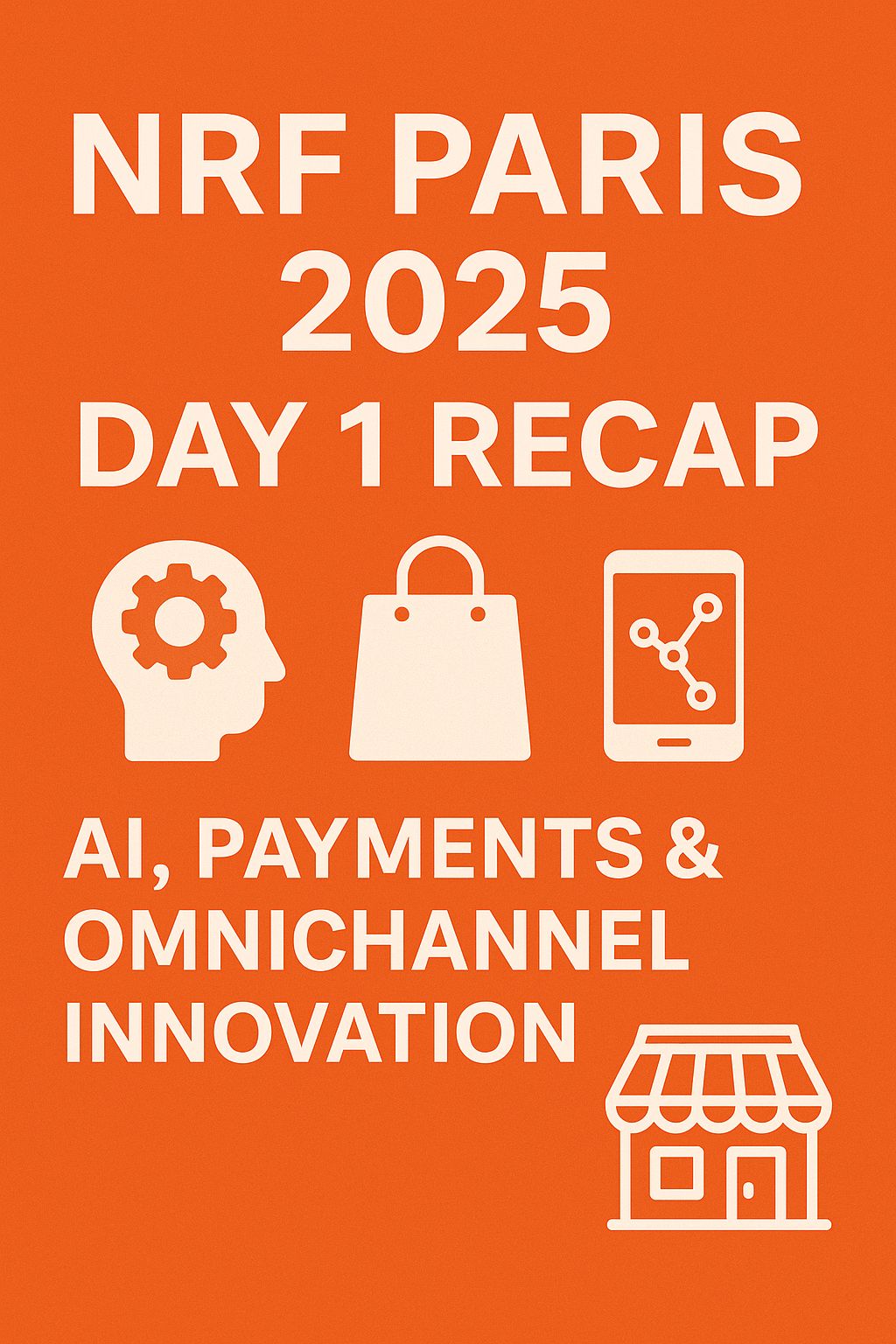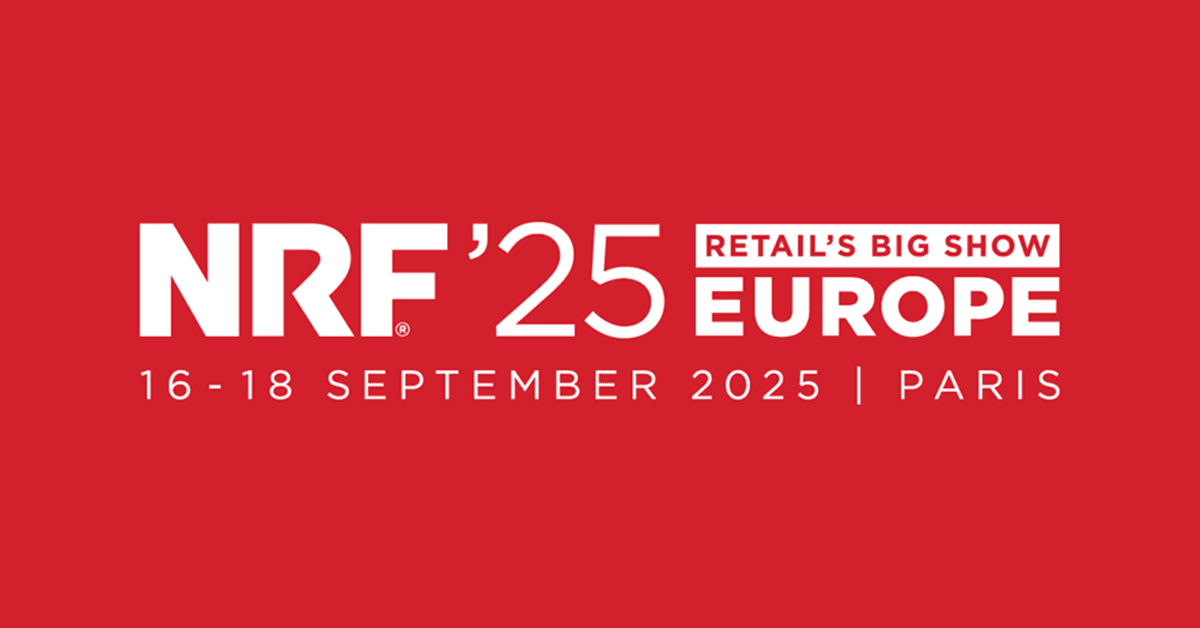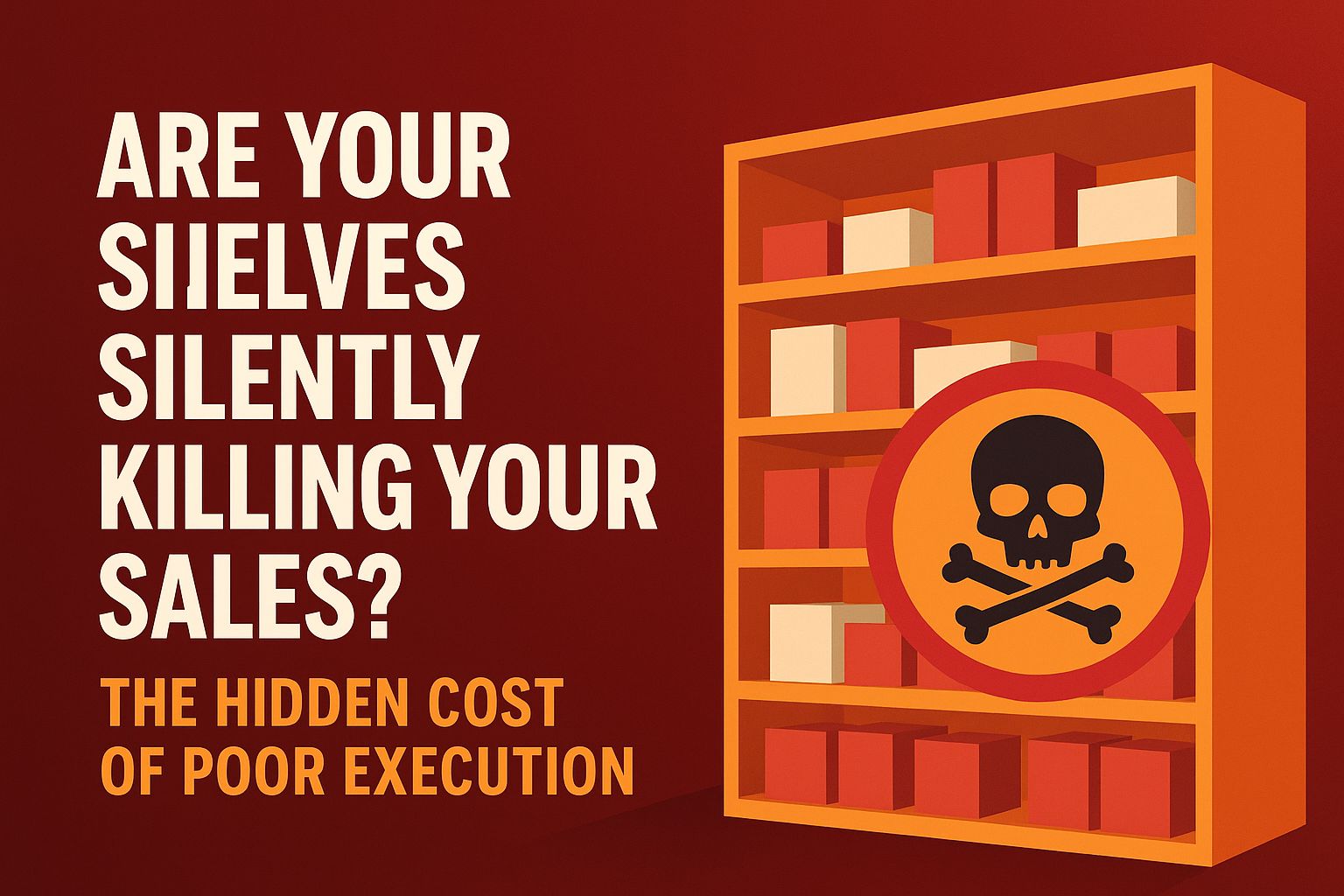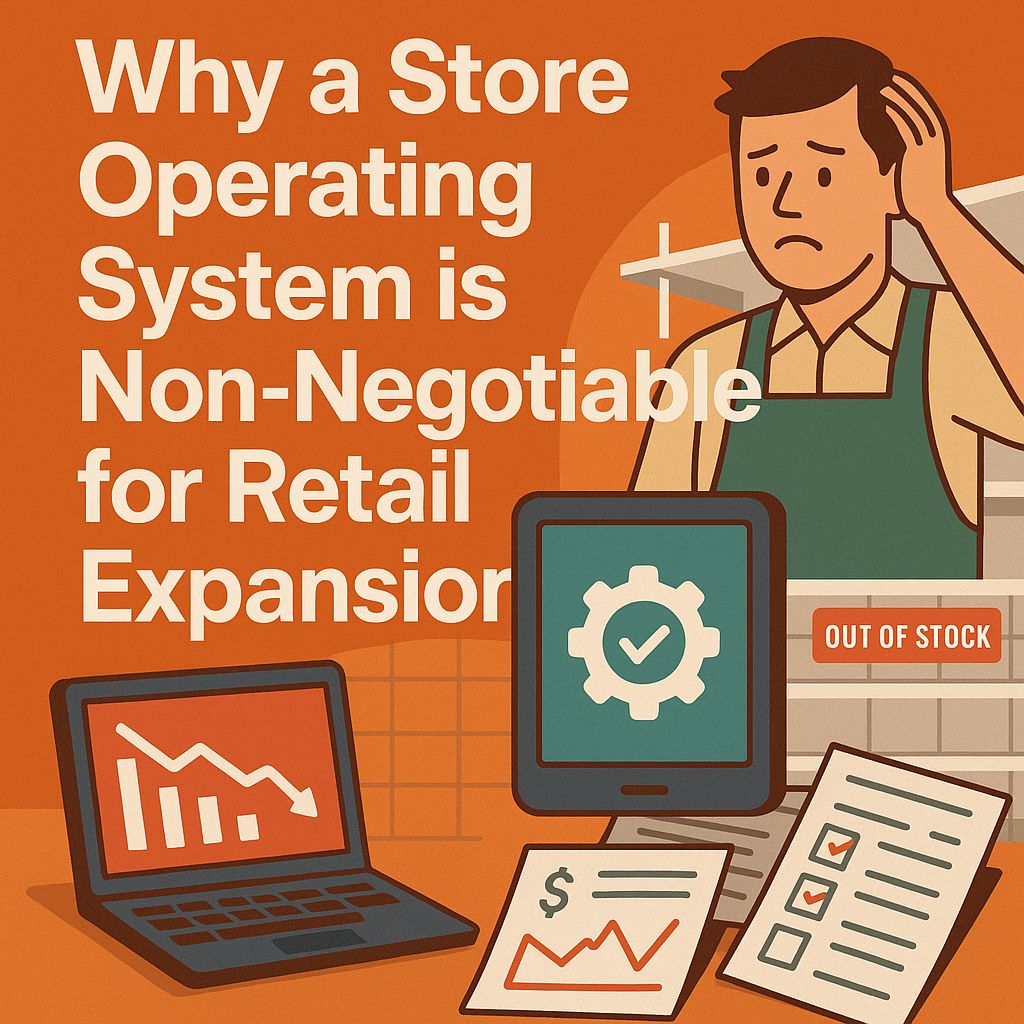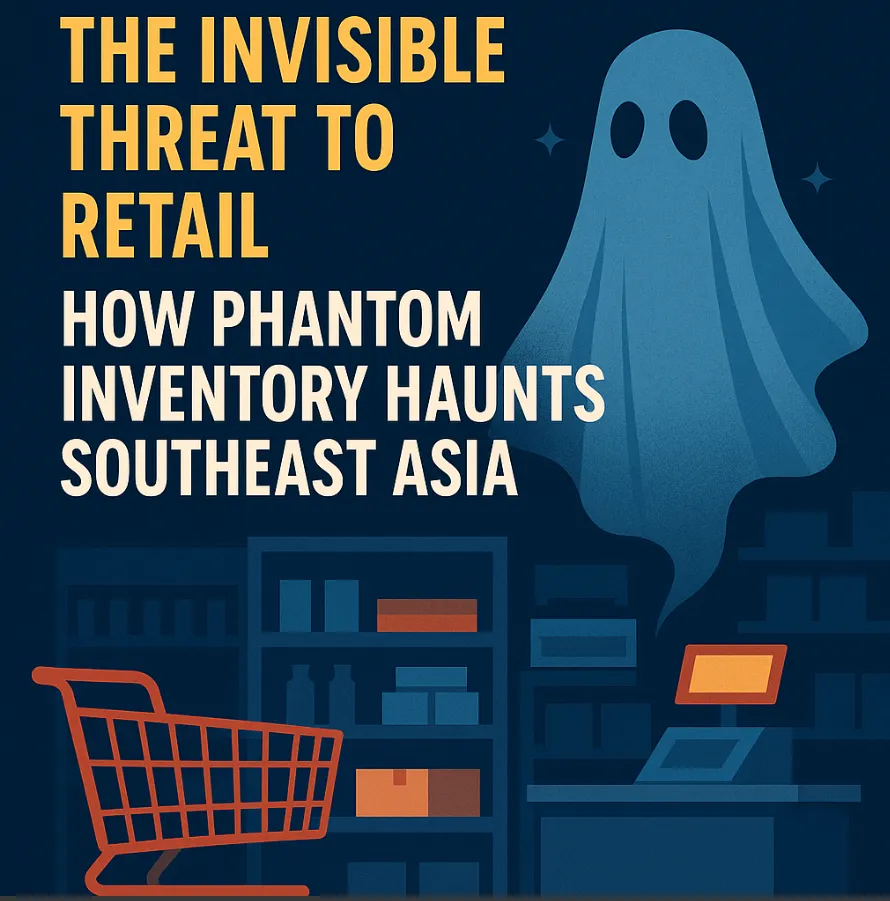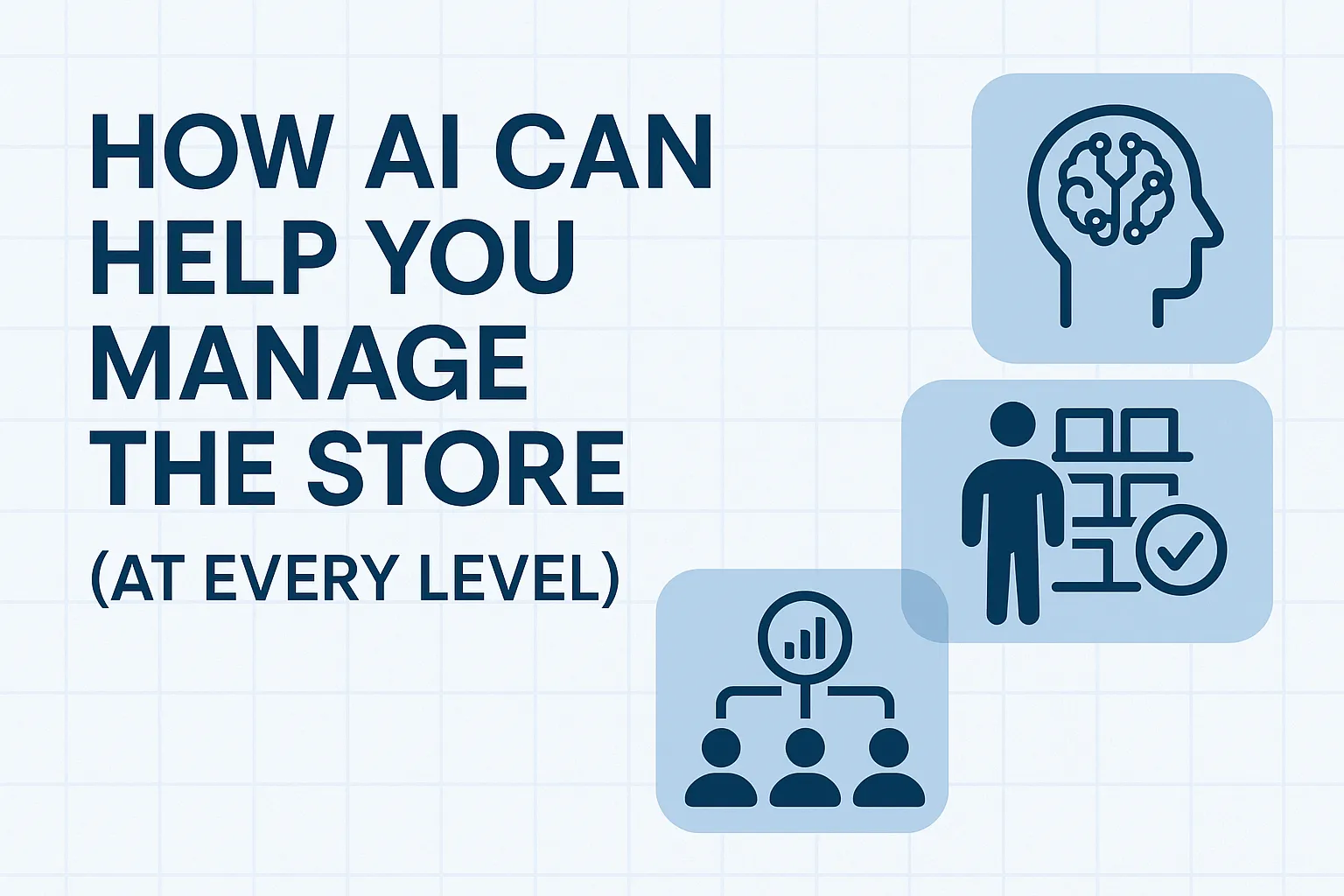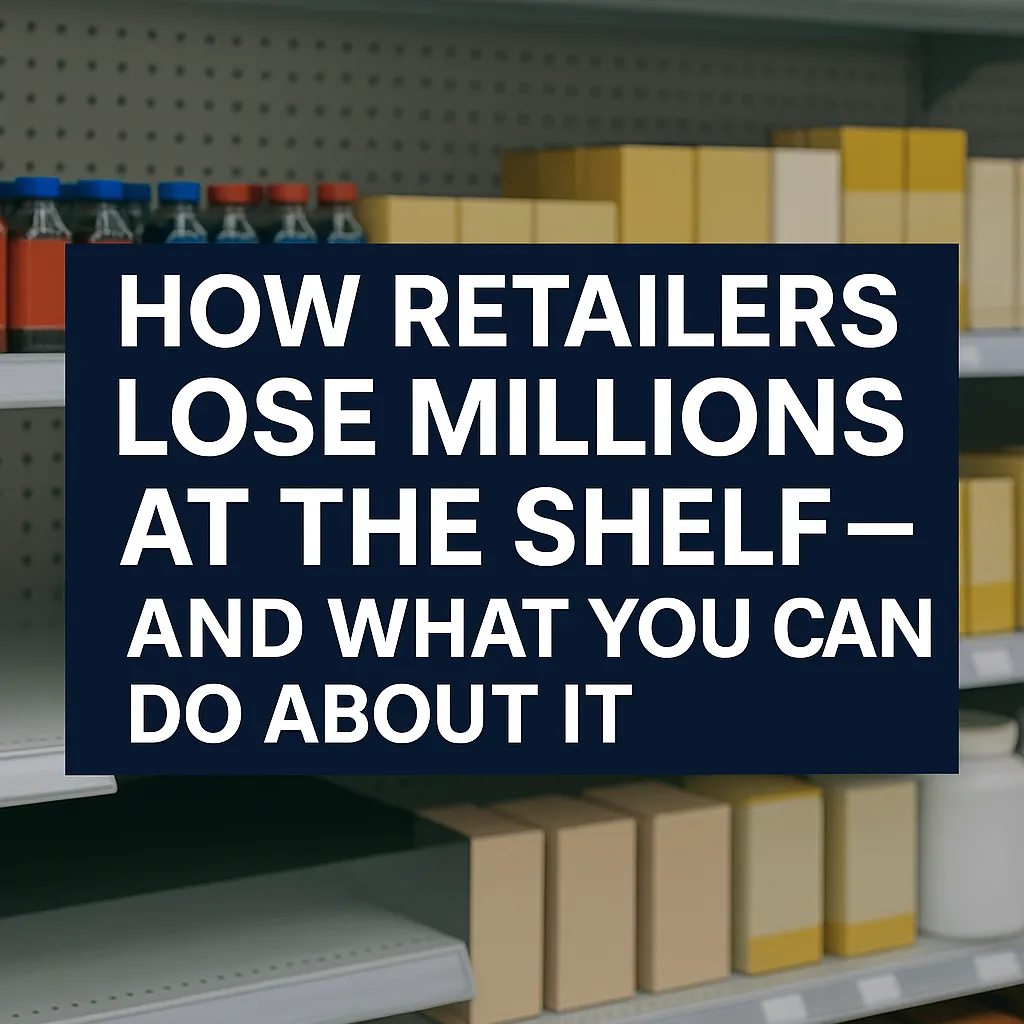Retail
The Imperfect Shelf Is Destroying Your Stores. Here’s Why.
Every misplaced product, wrong price tag, and empty shelf costs more than you think. Here’s why the imperfect shelf is retail’s hidden trillion-dollar problem.
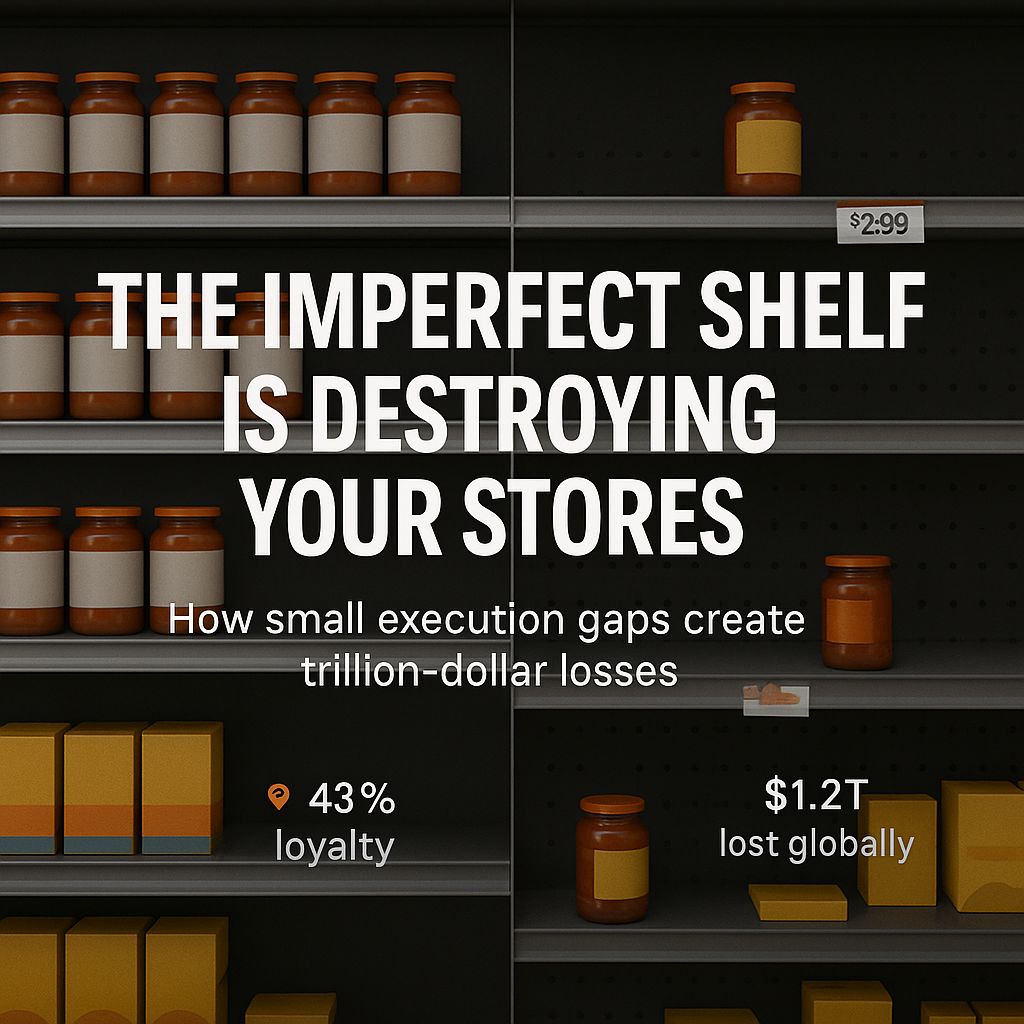
Reading Time
0 Minutes
Table of Contents
Expand
Authored By

Lukasz Piotrowski
CEO & Founder
Walk into almost any retail store and you will quickly realize that the flawlessly organized world of the corporate headquarters does not exist on the floor.
Instead, you find the "imperfect shelf."
This is the subtle chaos: the jar of salsa misplaced in the pasta sauce section, the sale sign that doesn't match the register price, or the glaring, empty gap where a best-selling item should be. This chaos is not merely an inconvenience for your customers; it is a silent assassin of sales, customer loyalty, and brand integrity.
Every flaw on your shelf is a point of friction, and in today's demanding retail landscape, friction is a direct path to lost revenue. If you are questioning why your conversion rates are slipping or why brand sentiment is suffering despite strong ad spend, look no further than the execution gap on the shop floor.
Here is a breakdown of the three fundamental execution failures costing your business trillions, and the strategic fix you need to implement now.
I. The Three Execution Failures of Retail
The imperfect shelf is the manifestation of one or more fundamental breakdowns in retail execution, which can be categorized into three distinct, financially catastrophic failures.
A. The Misguided Price Tag: Pricing Errors
This is arguably the most direct and visible execution failure. It occurs when the price on the shelf is wrong, either a sale item still carries a full-price tag (costing the customer extra time at the register) or the register price doesn't match the advertised shelf price (costing the retailer money or trust).
The Cost: Revenue Leakage and Trust Erosion Pricing errors are not just accounting headaches; they are a major source of invisible revenue leakage. Research by Flintfox indicates that pricing errors "silently bleed revenue, reduce margins and damage customer trust." A mistake of just a few cents, when multiplied across thousands of daily transactions and hundreds of stores, can translate into millions in losses. Moreover, when a customer is overcharged, their first thought is deception. When they're undercharged, you've left profit on the table. Both scenarios destroy the transactional trust that forms the bedrock of customer retention. Additionally in many jurisdictions such errors can lead to fines from the authorities.
B. The Lost Traveler: Product Misplacements
The "Lost Traveler" is a product stocked in the wrong location, such as a sought-after energy drink found mixed in with milk cartons, or a high-margin specialty coffee discovered hidden in the tea aisle. The product is physically in the store, but it is functionally Out-of-Stock (OOS) because the customer cannot find it in the place they logically expect it to be.
The Cost: Billions in Sales Lost to Friction The impact of poor merchandising is staggering. A joint study by GlobalData and One Door revealed that U.S. retailers lost a staggering $125 billion in sales over 12 months due to ineffective visual merchandising. When customers cannot easily navigate or locate items, they simply abandon the purchase. A key finding? 33% of consumers specifically reported frustration from "hard-to-find products" a direct consequence of product misplacement and messy displays. In a time-crunched world, shoppers prioritize convenience above almost all else.
C. The Empty Promise: Out-of-Stocks (OOS)
This is the cardinal sin of retail, the ultimate execution failure. It is the glaring, empty space on the shelf where a fast-moving, popular product should be. It tells the customer, "Your visit was a waste of time."
The Cost (Financial Impact): The collective financial toll is mind-boggling. Estimates from the IHL Group indicate that out-of-stocks, a core component of "inventory distortion", account for approximately $1.2 trillion in losses worldwide. This is not a rounding error; this is an existential threat for many retailers.
The Cost (Customer Loyalty): The loyalty cost, however, is what should keep executives awake at night. Data collected by Amra & Elma shows that 91% of shoppers won’t wait for a restock and 43% will buy from a different brand if their preferred item is unavailable. Furthermore, a NielsenIQ report (cited by Amra & Elma) found that 9% of shoppers will switch retailers permanently after just one negative out-of-stock experience. A single empty shelf can send a loyal customer straight into the arms of your nearest competitor forever.
II. Addressing the Root Cause: Pain Visibility and Education
The truth is, most store associates are not intentionally creating chaos. The root cause of these execution failures is often a fundamental disconnect: a lack of education and awareness among employees regarding the long-term, financial, and emotional impact of small errors.
To the employee, moving a box of coffee to the wrong section is a minor distraction. To the retailers, it's a breakdown that costs $125 billion annually.
The Solution: Pain Visibility The strategic solution is not stricter rules, but better awareness. It’s about implementing a concept called Pain Visibility. You must show employees the direct, tangible consequences of their actions.
This can be achieved by utilizing in-store technology (like internal dashboards showing results from a store operating system) that display the real-time monetary cost of an empty shelf or the lost lifetime value of a customer who walks out because of an uncorrected pricing error. This type of education converts abstract tasks ("stock the shelf") into meaningful, financially consequential actions ("prevent a $50 lost sale"). By linking day-to-day execution directly to organizational performance, you dramatically increase the motivation to resolve issues before they become lost sales.
III. The Marketing-Operations Connection
The imperfect shelf represents the most devastating clash in modern retail: the collision between a perfect marketing campaign and a broken operational reality.
A. Undermining the Brand Promise
Marketing creates desire and drives demand. It promises a convenient, rewarding, and consistent shopping experience. But when that marketing promise meets an imperfect shelf - a missing item, a price discrepancy, a misplaced product - the customer feels lied to. The money spent on the advertising is instantly invalidated, resulting in customer frustration and a deeply negative perception of the brand.
B. The Path Forward
The future of profitable retail is not about better advertising; it's about better execution. The next evolution of marketing requires a radical partnership with store operations to ensure the in-store experience delivers flawlessly on the brand’s promise.
Your operational team doesn't just manage inventory; they are the final, most critical touchpoint of your brand's customer experience. When the shelf is perfectly stocked, correctly priced, and flawlessly merchandised it acts as the most effective piece of marketing you could ever have.
The battle for customer loyalty is won or lost not in the boardroom, but at the shelf edge. Stop treating the shelf as a passive display and start treating it as the most valuable real estate in your entire organization.
Sources
A. Pricing Errors (The Misguided Price Tag)
- Source: Flintfox
- Link: The Cost of Pricing Errors: Preventing Revenue Leakage | Flintfox
B. Product Misplacements (The Lost Traveler)
- Source: GlobalData and One Door
- Link (Report Summary): Poor Visual Merchandising Costs Retail Stores Billions
- Link (One Door Report Page): 2025 Report: The Cost of Poor Visual Merchandising - One Door
C. Out-of-Stocks (The Empty Promise)
- Source (Financial Loss): IHL Group
- Link: Why Inventory Distortion Costs Retailers Trillions - The Food Institute
- Source (Customer Behavior): Amra & Elma (citing NielsenIQ data)
Link: BEST OUT-OF-STOCK PRODUCT BEHAVIOR STATISTICS 2025
About the author: Lukasz Piotrowski is the CEO of OmniShelf, a company dedicated to empowering retailers with innovative solutions for optimized shelf execution. With extensive experience in retail technology, he is passionate about helping businesses overcome operational challenges and drive profitability at the point of sale.
INSIGHTS & UPDATES
Explore More from the OmniShelf Blog
Stay ahead of the curve with deeper insights, product updates, and industry trends shaping the future of retail technology. Discover more stories that matter to your business.
